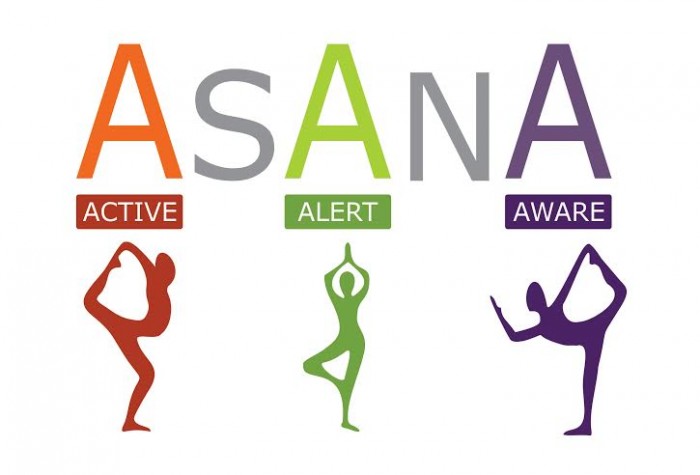Whenever you hear the term, ‘Yoga’, the words, ‘Body’, ‘Mind’ and ‘Soul’ immediately come to mind as its universal tagline.
A few years ago, I was writing promotional content for a retreat and my fellow teacher advised me, “Use the words, ‘mind, body, and soul’ in the heading or the first paragraph.” I responded that it’s a cliché. “This is how people relate to anything that’s yoga,” she told me.
This phrase, despite its clicheness, continues to be overused because at least it holds the original thought.
The phrase “body, mind and soul” is a simplification of what is described in the Yoga Sutras as the sthula (physical), sukshma (subtle) and karna (causal) body. An individual is the unión of these three dimensions; the unión which we call yoga already exists.
Through practice, we only become aware of it:
We don’t do yoga (unión), we simply experience it.
Last year, during my advance teacher training program, I found the “body, mind and soul” of Yoga staring right at me as the trinity of A’s in the very word asana (yoga posture).
According to Patañjali’s Yoga Sutra, asana is the physical practice that yogis complete to ready their body for meditation. The English transcription of the word asana has three A’s. In my revelation I saw what the three A’s stand for:
- Activation
- Alertness
- Awareness
In order to find a graceful expression in any yoga posture, your physical body must be in harmonious alignment, which is achieved by the Activation of required muscle groups.
After activation of the body, further grace is added into the posture by your mind or the subtle body which finds Alertness through engagement of yogic breath.
It is your soul or the causal body which is Aware of the activation and alertness of the physical and subtle body respectively.
Let us take Tadasana (Mountain Pose) as an example to understand this concept and learn how to integrate activation, alertness and awareness in your practice. Later you can apply the same principle in other asanas.
Stand with equal weight on both feet. Ground through your heels and maintain that energy line running up through your body which as a result activates your quadriceps and lift your knee caps. Your chest is open with arms straight on the sides of your body.
Now engage Mula Bandha (Root Lock) and Uddiyana Bandha (Abdominal Lock). This is activation, the first element of the union. The second element of the unión is invoked by breathing in Ujjayi (Victorious Breath).
Just as muscular engagement leads to activation of the body, the minds finds it alertness through the engagement of breath.
Once you find alignment of your body and mind, the infinite space-time continuum collapses in the now as you are fully present in the moment. This is called Samastitihi (equal standing) and it is here where your asana practice begins.
The more you practice, the more you will become mindful of the activation, alertness and awareness trinity. All you have to do now is to add the fourth ‘A’ which is Authenticity to your practice and a time will come when you will effortlessly move into and through postures simply being a witness and it is this that adds grace to your yoga.
Love elephant and want to go steady?
Sign up for our (curated) daily and weekly newsletters!
Editor: Renée Picard
Photo: Author’s Own via siddhaonline
 Share on bsky
Share on bsky


Read 0 comments and reply